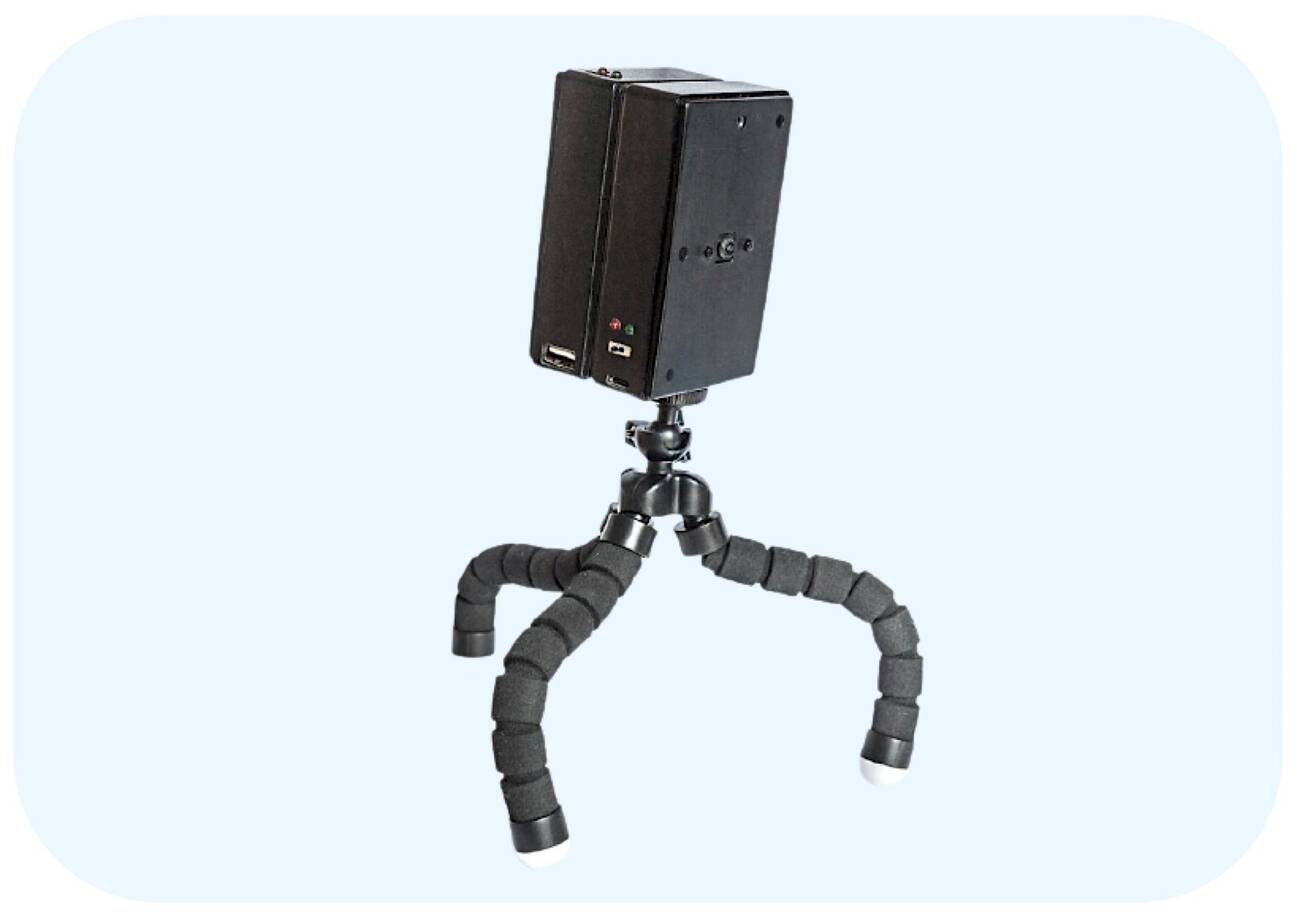Wireless camera module for smart cities

An independent power source module for traffic data processing. We do not transmit the image. We process it on-site and send the evaluated information via radio gateway for IP communication. The data can then be received and used by everyone in real time.
Behind the wireless camera module product is Doc. Stanislav Vitek. He passes on his enthusiasm and knowledge to the students of the Electronics and Communication program at the Department of Radioelectronics at the Faculty of Electrical Engineering of CTU. He teaches programming and subjects focused on image processing, audio and microprocessors.
What problems does it solve for its customers?
Standard cameras available on the market are ready to be integrated into existing security systems. Their output is usually a compressed video stream that contains information about the classification performed (search, identification, counting). The cameras are powered from an external power supply (PoE is also possible) and require a wired connection to a computer network (not necessarily the Internet, LAN is of course possible). The fixed power supply allows night operation with IR illumination. The camera housing is usually metal, weather-resistant.
The wireless camera module can operate independently of the power source connection (it is powered by a solar cell) - just place it and start it. It primarily uses the LoRaWAN network for communication, which can be replaced by other communication interfaces. With an external power source, night operation can also be ensured. The image information is processed locally, only the classification results with a time stamp (free parking space, number plate, number of classified objects per unit of time, ...) are sent to the central server. The classification algorithm can be easily changed. The cover is designed using 3D printing.
An independent wireless camera module simplifies the solution of classic tasks:
- counting of unique vehicle passages through the monitored location - suitable e.g. for traffic flow or road utilization studies,
- control of access to a parking space based on a paired number plate (disabled spaces, reserved spaces, time-limited spaces),
- section speed measurement - here two camera modules are required,
- counting the number of people passing through, number plate recognition,
- overview of parking zone occupancy including an estimate of future occupancy with a link to the city geoportal.
Product development phase
The subject of the offer is a technological testbed, which can be adapted to the final form according to customer needs - the variability concerns in particular the external housing, the power supply method and the software equipment.
Method of commercialisation
We are looking for a licensing partner for production and distribution.
Technical Specifications
The device uses a Raspberry Pi Zero single board computer with a camera attached. The camera is equipped with a wide-angle lens. The solution includes a communication module and a power supply module that handles charging the battery from a solar cell located on top of the camera module housing. Alternatively, an external power supply can be connected. The image is processed using machine learning methods with an emphasis on algorithm speed (i.e. minimizing power consumption). We use a custom training set to train the classifiers.
- Image sensor: 12.3 Mpix CMOS, 30 fps at full resolution
- Lens: 6mm f/1.2, 63° field of view in conjunction with the sensor used
- Data can be stored on a local SD card if required
- LoRaWAN communication with central server - only classification results
- Solar charging option - ensures operation in normal daylight (no IR illumination)
Are you interested in this technology?
If you are interested in our technology, products and services, please contact the Technology Transfer Coordinator by phone or email:

